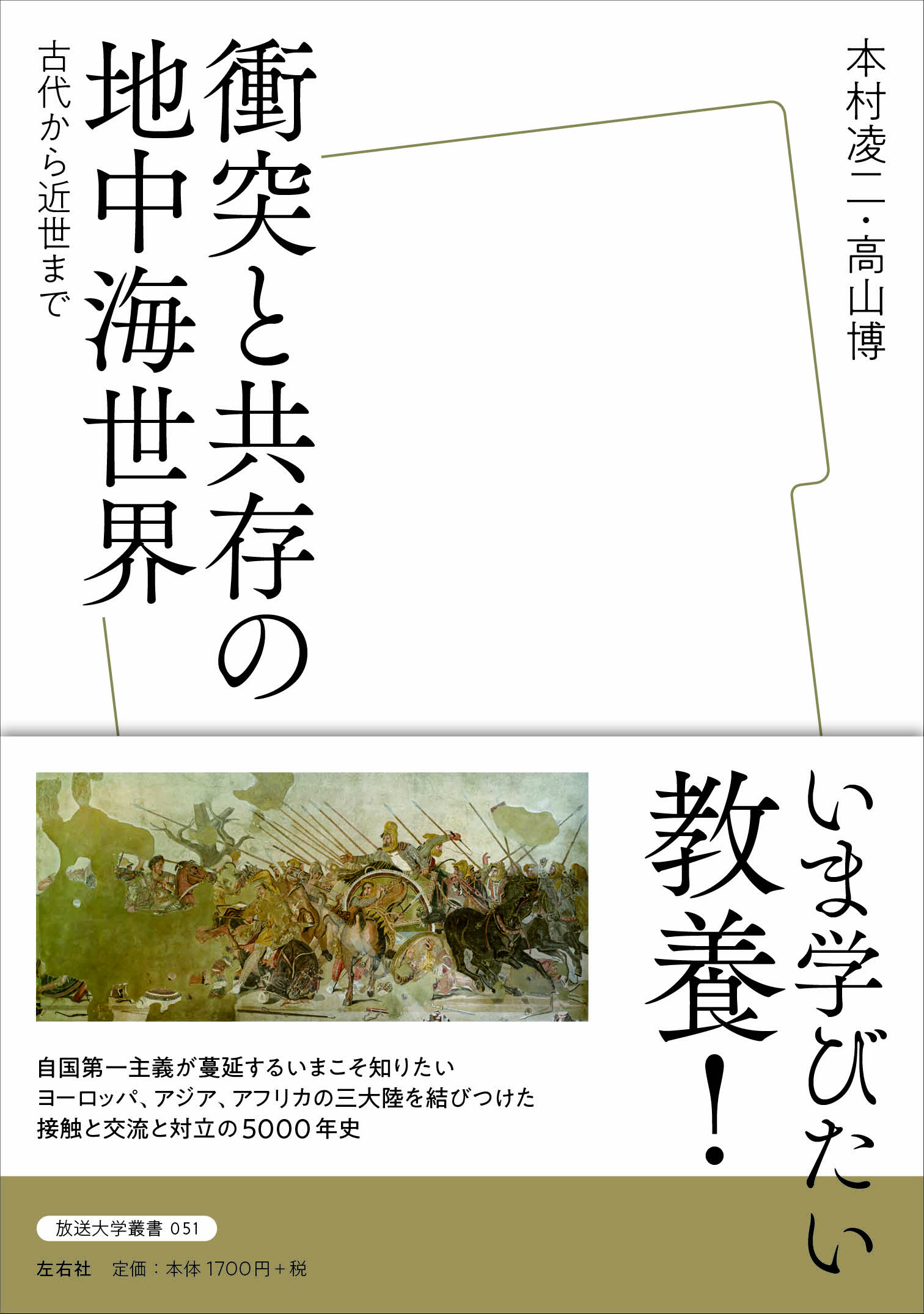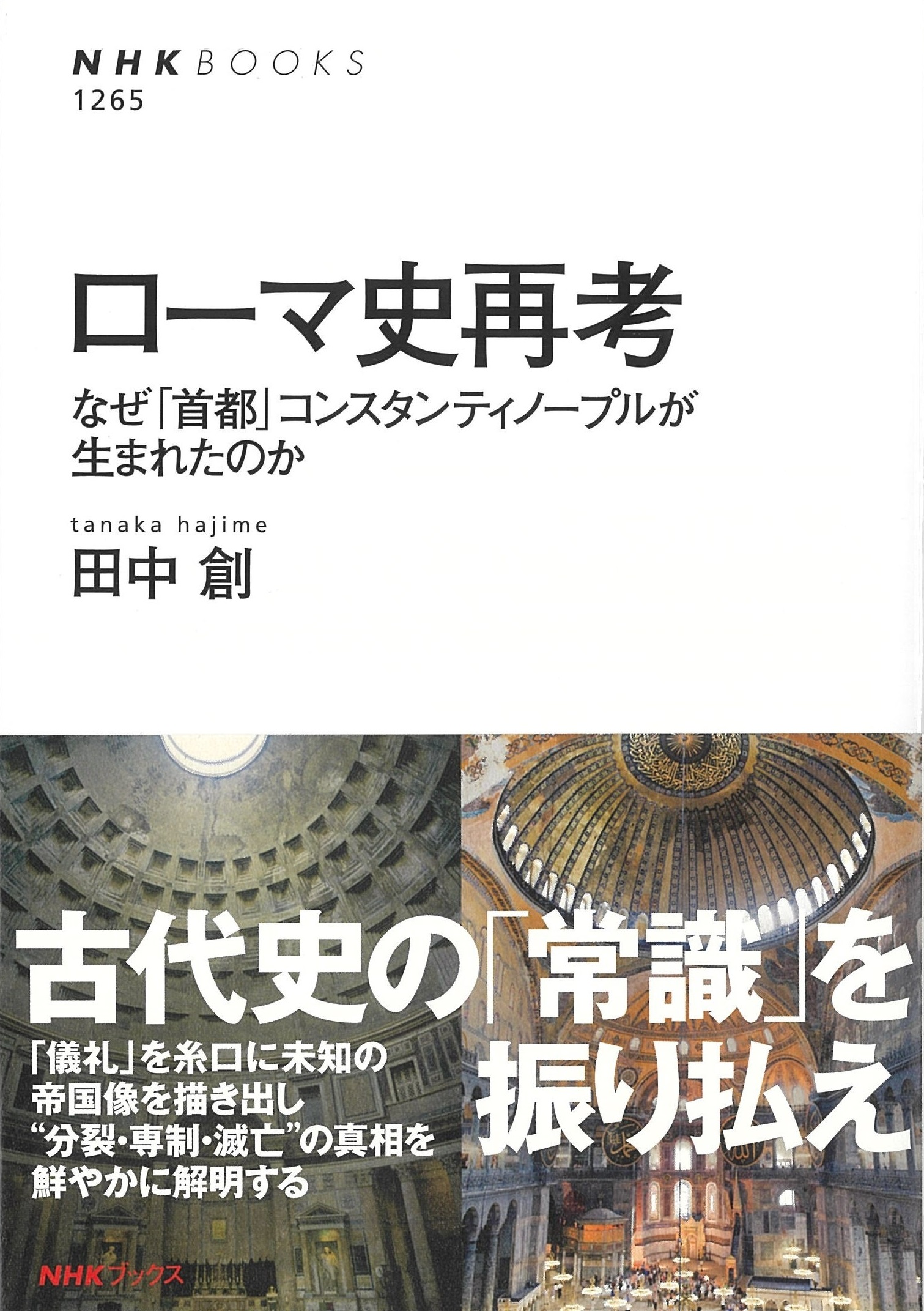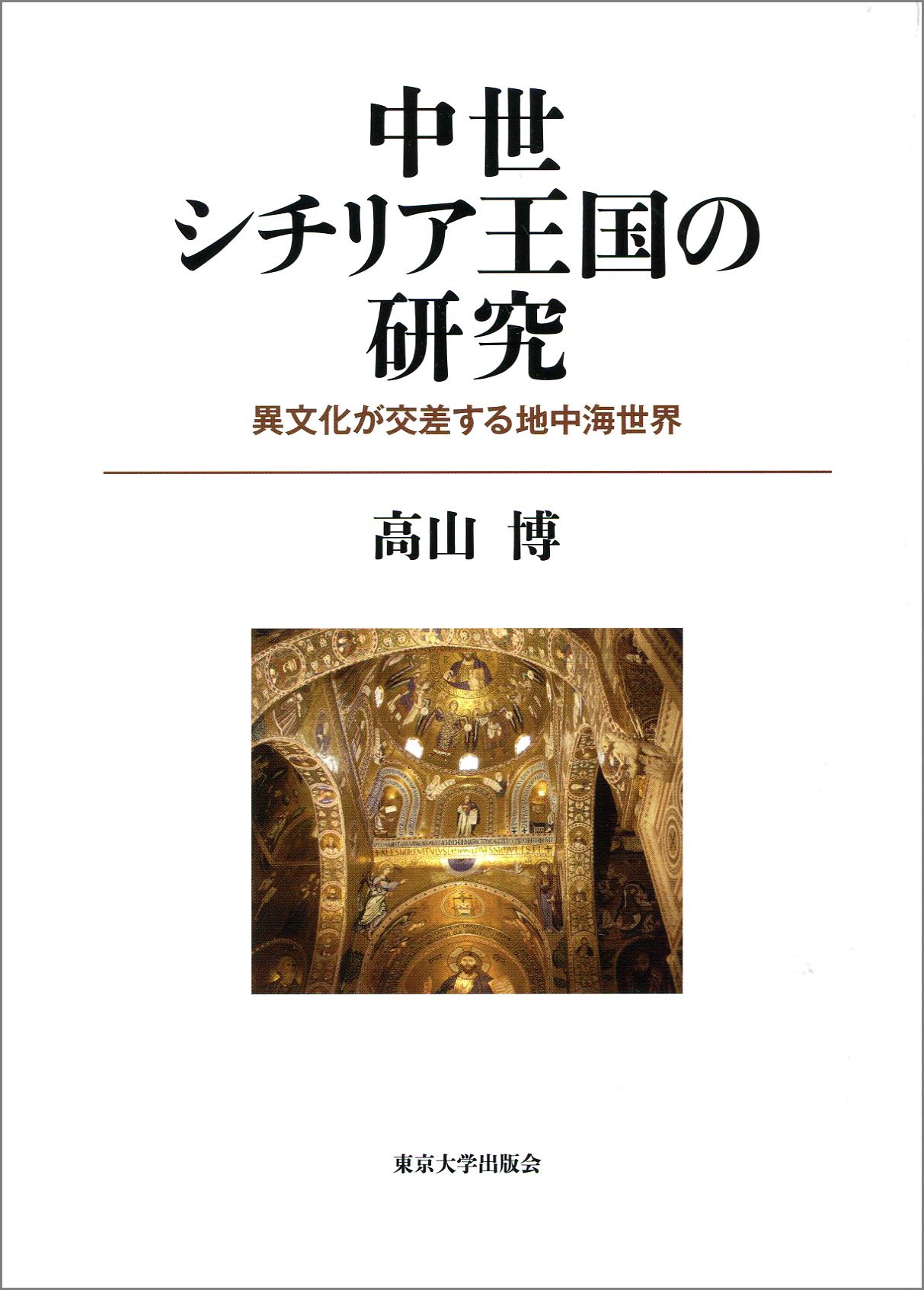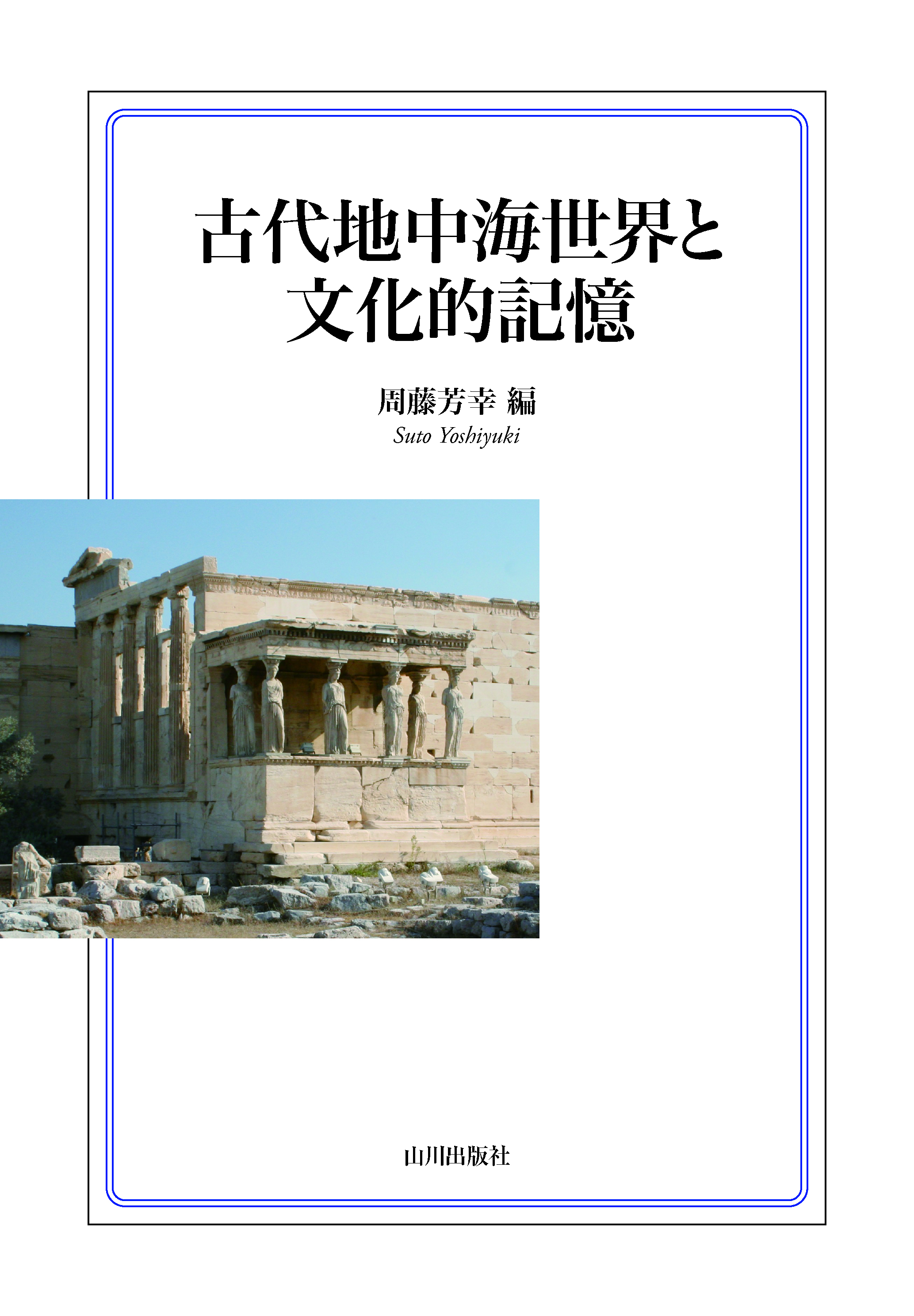
Title
The Open University of Japan (OUJ) Book Series Shototsu to Kyozon no Chichu-kai Sekai (The Mediterranean World: Collision and Coexistence - From ancient times to the early modern era)
Size
304 pages, B6 format, softcover
Language
Japanese
Released
October 30, 2020
ISBN
978-4-86528-290-0
Published by
SAYUSHA
Book Info
See Book Availability at Library
Japanese Page
This book is a revised edition of the textbook, The History of the Mediterranean World: From Ancient Times to the Early Modern Era (2009), for The Open University of Japan (OUJ). It is published as part of the OUJ Book Series. Chapters 1–8 were written by Ryoji Motomura, an expert on the ancient Mediterranean, while Chapters 9–15 were written by myself, a specialist on the Mediterranean during the Middle Ages. Chapter 8 is our collaborative work. In his classic La Méditerranée (1949; Japanese translation 1991–95), Fernand Braudel emphasized the uniformity of the pan-Mediterranean region, based on its geographical setting and ecosystem, and dubbed it “the Mediterranean world.” He viewed activities in this world holistically and strove to depict the region from multiple perspectives, from short-term to long-term changes. Without a doubt, the pan-Mediterranean region is an entire world in terms of its geographical environment. However, when considering human activities, the only time this region presented a unified, closed political and cultural world was during the Roman Imperial era. Apart from the Roman Empire, no other nation or people could dominate and control the entire region totally.
In fact, contrary to Braudel’s assertion, the most salient feature of the Mediterranean history has been its broad and diverse cultural backdrop, which has served as a conduit for interaction between individuals and groups. Many diverse cultures have coexisted in complex, multilayered, and dynamic states due to their repeated encounters and oppositions. Various cultures have evolved and coexisted at different sites within the same region, and their cultures have had multi-directional effects on one another. Meanwhile, when one examines the chronologies of specific areas, one observes how new cultures are built over past cultures, culminating in the birth of multilayered complexes comprised of diverse cultures.
The fall of the ancient Roman Empire, the region’s sole entity capable of effectively establishing a unified culture, resulted in the coexistence of three major entities: the Germanic kingdoms of Western Europe, the Byzantine Empire to the east, and the ever-expanding Islamic powers to the south. Their existence reinforces the complexity of the Mediterranean region. In these aspects, this region provides historians with a magnificent kaleidoscope of richness and beauty, with one culture supplanting another as history progresses, with multiple cultures coexisting, and having numerous interactions and reciprocal effects. This bountiful history presents a cornucopia of material for the researcher and all interested parties to explore and savor.
This book aims to achieve two goals. First, to communicate the charm and allure of the multifaceted history of the Mediterranean region, from ancient times to the early modern era. To do so, we follow in the footsteps of cultures, traditions, and civilizations that have left their marks on the region. The second goal is to provide educational material to assist us in contemplating contemporary global issues such as coexistence and conflict between diverse cultures. Interactions, exchanges, and conflicts between multiple and diverse cultures that repeatedly occurred throughout the history of the Mediterranean region have a great deal to teach us about our contemporary challenges. Such history will equip us with a vantage point that enables us to view the current world more clearly and make better preparations for the future.
(Written by TAKAYAMA Hiroshi, Professor, Graduate School of Humanities and Sociology / 2021)



 Find a book
Find a book


 eBook
eBook

